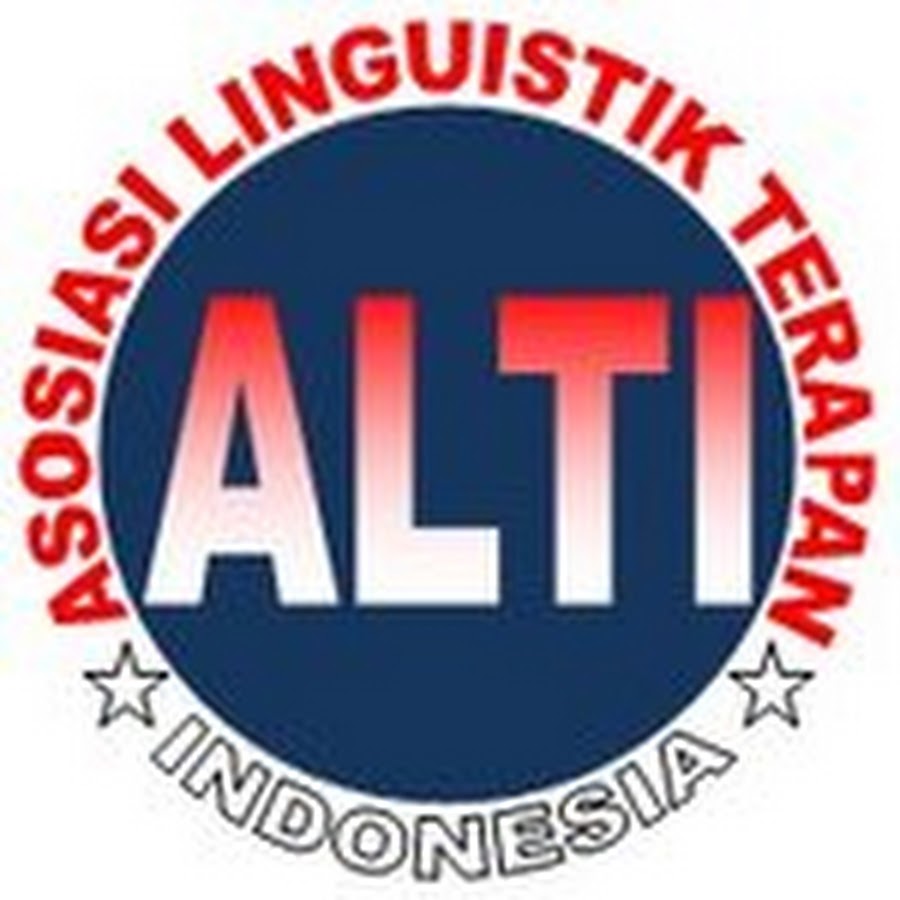A Study on EFL Teacher Strategies in Utilizing ICT for Regional Public Highschool of Indonesia
DOI:
https://doi.org/10.33096/tamaddun.v22i1.205Keywords:
Information and Communication Technlogy ( ICT ), ICT in ELT, ICT Integration, HighschoolAbstract
This mixed-methods study investigates the strategies employed by EFL teachers in integrating Information and Communication Technology (ICT) into their teaching practices within a regional public high school in Indonesia. By employing a combination of qualitative and quantitative data collection methods, the study draws upon a sample of teachers' perspectives via structured interviews and questionnaire responses. The English teachers of SMA Negeri 1 Maros were involved as the subject of the Research. The findings reveal that teachers utilize a range of ICT tools, such as LCD/LED projectors, PowerPoint presentations, audio-visual technologies, and radio broadcasts, with the primary aim of enhancing teaching efficacy and student engagement. The data suggests that the use of ICT significantly influences student comprehension and learning outcomes, with pupils demonstrating an accelerated understanding of material when taught via ICT-based methodologies. Therefore, the study provides valuable insights into the role of ICT in English language teaching in Indonesia, particularly shedding light on teachers' ICT utilization strategies and the impacts on student learning outcomes. These findings may inform future policy and practice in education, potentially guiding initiatives for ICT integration in the wider context of language education.
References
Barrett, M. D., Huber, J., & Reynolds, C. (2014). Developing intercultural competence through education.
Cakici, D. (2016). The use of ICT in teaching English as a foreign language. Participatory educational research, 4(2), 73-77.
Chen, Y. M. (2022). Understanding foreign language learners’ perceptions of teachers' practice with educational technology with specific reference to Kahoot! and Padlet: A case from China. Education and information technologies, 27(2), 1439-1465.
Cirocki, A., & Farrell, T. S. (2019). Professional development of secondary school EFL teachers: Voices from Indonesia. System, 85, 102111.
Cirocki, A., & Anam, S. U. (2021). ‘How much freedom do we have?’The perceived autonomy of secondary school EFL teachers in Indonesia. Language Teaching Research, 13621688211007472.
Clarke, V., Braun, V., & Hayfield, N. (2015). Thematic analysis. Qualitative psychology: A practical guide to research methods, 3, 222-248.
Dashtestani, R., & Hojatpanah, S. (2022). Digital literacy of EFL students in a junior high school in Iran: voices of teachers, students and Ministry Directors. Computer Assisted Language Learning, 35(4), 635-665.
Geisinger, K. F. (2016). 21st century skills: What are they and how do we assess them?. Applied measurement in education, 29(4), 245-249.
Ghavifekr, S., & Rosdy, W. A. W. (2015). Teaching and learning with technology: Effectiveness of ICT integration in schools. International journal of research in education and science, 1(2), 175-191.
Gonzalez, P. F., Ochoa, C. A., Cabrera, P. A., Castillo, L. M., Quinonez, A. L., Solano, L. M., ... & Arias, M. O. (2015). EFL Teaching in the Amazon Region of Ecuador: A Focus on Activities and Resources for Teaching Listening and Speaking Skills. English Language Teaching, 8(8), 94-103.
Hernandez, R. M. (2017). Impact of ICT on Education: Challenges and Perspectives. Journal of Educational Psychology-Propositos y Representaciones, 5(1), 337-347.
Hidayati, D., Novianti, H., Khansa, M., Slamet, J., & Suryati, N. (2023). Effectiveness Project-Based Learning in ESP Class: Viewed from Indonesian Students ‘Learning Outcomes. International Journal of Information and Education Technology, 13(3), 558-565.
Ismajli, H., & Imami-Morina, I. (2018). Differentiated instruction: Understanding and applying interactive strategies to meet the needs of all the students. International journal of Instruction, 11(3), 207-218.
Junaidi, J., Budianto Hamuddin, B., Wendy, S., Fathu, R., & Tatum, D. (2020). ICT usage in teaching English in Pekanbaru: Exploring junior high school teachers’ problems. International Journal of Advanced Science and Technology, 29(03), 5052-5063.
Onyema, E. M., Deborah, E. C., Alsayed, A. O., Noorulhasan, Q., & Sanober, S. (2019). Online discussion forum as a tool for interactive learning and communication. International Journal of Recent Technology and Engineering, 8(4), 4852-4859.
Rabah, J. (2015). Benefits and Challenges of Information and Communication Technologies (ICT) Integration in Québec English Schools. Turkish Online Journal of Educational Technology-TOJET, 14(2), 24-31.
Rachmawati, R., Sari, A. D., Sukawan, H. A. R., Widhyastana, I. M. A., & Ghiffari, R. A. (2021). The use of ICT-based applications to support the implementation of smart cities during the COVID-19 pandemic in Indonesia. Infrastructures, 6(9), 119.
Rao, P. S. (2019). The importance of speaking skills in English classrooms. Alford Council of International English & Literature Journal (ACIELJ), 2(2), 6-18.
Sahin Kizil, A., & Savran, Z. (2016). Self-Regulated Learning in the Digital Age: An EFL Perspective. Novitas-ROYAL (Research on Youth and Language), 10(2), 147-158.
Shadiev, R., Hwang, W. Y., & Huang, Y. M. (2017). Review of research on mobile language learning in authentic environments. Computer Assisted Language Learning, 30(3-4), 284-303.
Smokotin, V. M., Petrova, G. I., & Gural, S. K. (2017). The role of natural languages as lingua francas in the course of human history.
Tondeur, J., Krug, D., Bill, M., Smulders, M., & Zhu, C. (2015). Integrating ICT in Kenyan secondary schools: an exploratory case study of a professional development programme. Technology, Pedagogy and Education, 24(5), 565-584.
Tsai, Y. R. (2021). Promotion of learner autonomy within the framework of a flipped EFL instructional model: Perception and perspectives. Computer Assisted Language Learning, 34(7), 979-1011.
Downloads
Published
Issue
Section
License
Authors who publish with Tamaddun journal agree to the following terms:
1. Authors retain the copyright and grant Tamaddun the right of first publication. The work will be licensed under a Creative Commons Attribution License (CC BY 4.0), which permits others to share the work with proper acknowledgment of the authorship and initial publication in this journal.
2. Authors may enter into additional non-exclusive agreements for the distribution of the published version of their work (e.g., posting it to an institutional repository or including it in a book), provided that the initial publication in this journal is acknowledged.
3. Authors are encouraged to post their work online (e.g., in institutional repositories or on their personal websites) before and during the submission process. This can lead to productive exchanges and increase the visibility and citation of the published work.






